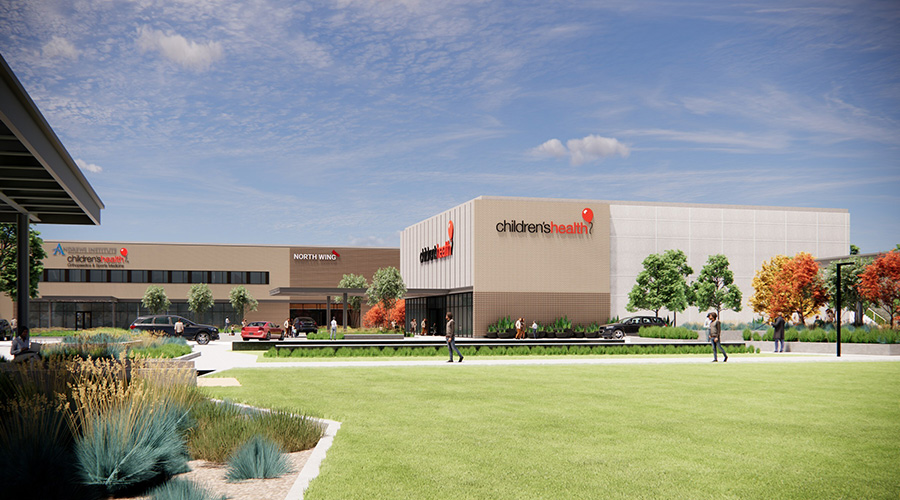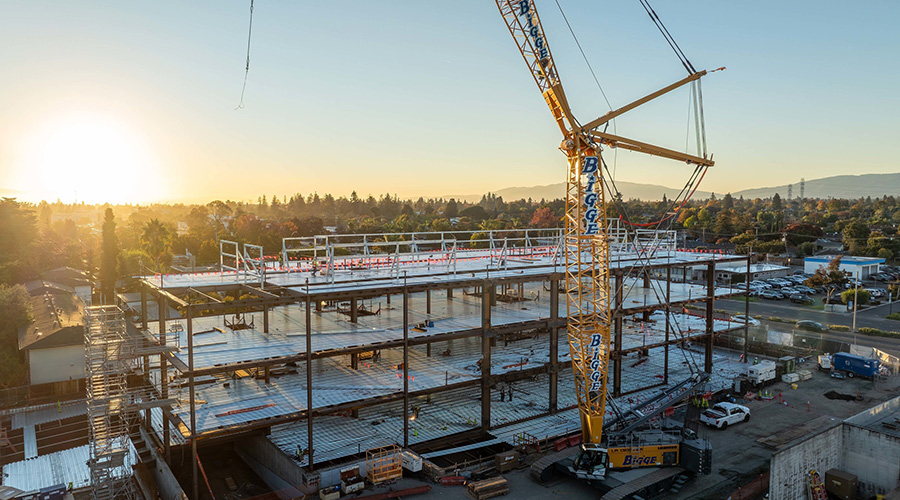A post-occupancy evaluation (POE) can reveal a wealth of information of a building and new technologies are helping architects track building performance, according to an article on the Metropolis website.
POEs vary widely in scope, but generally they focus on two basic questions: Is the building behaving as intended? And are occupants happy with the results?
Studies consistently show correlations between the two; a report last year indicated that 88 percent of building-performance attributes directly affect user satisfaction.
Research by the U.S. Army’s Construction Engineering Research Laboratory estimates a nearly 80-fold return on POE investment: Every dollar spent can save as much as $77 in operating, maintenance, and renovation costs. Still, POEs remain rare.

 Spaces That Support: Patient-Centered Design for Modern Reproductive Health
Spaces That Support: Patient-Centered Design for Modern Reproductive Health Modernization of Buildings Require Collaboration Across All Disciplines
Modernization of Buildings Require Collaboration Across All Disciplines Children's Health Announces Plans for RedBird Specialty Center in Texas
Children's Health Announces Plans for RedBird Specialty Center in Texas How Can Healthcare Facilities Use Efficiency to Drive Climate and Health Goals?
How Can Healthcare Facilities Use Efficiency to Drive Climate and Health Goals? El Camino Health Rehabilitation Hospital Officially Tops Out
El Camino Health Rehabilitation Hospital Officially Tops Out